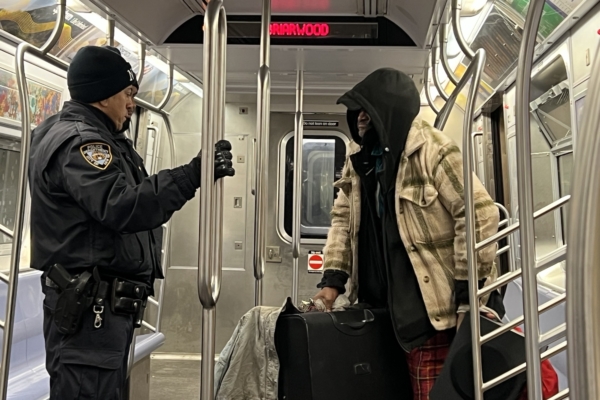New York City police not only arrest suspects but also deal with disturbances and other issues affecting daily life. On April 10th, Mayor Adams announced the establishment of a new unit within the police department called the “Quality of Life Division.” This unit will focus on addressing various non-emergency issues affecting residents, responding to the increasing number of 311 complaints to enhance public safety and strengthen trust between communities and the police. The department will first be implemented in six precincts and will introduce the Q-Stat system to track its effectiveness.
Heading this new division is Deputy Chief William Glynn, who brings 21 years of service experience to the role. The unit will integrate specially trained officers from existing community-oriented units, including community outreach officers, youth coordination officers, and traffic safety officers. The goal is to improve quality of life by addressing issues such as towing vehicles, clearing illegal encampments, noise complaints, illegal parking, homelessness, outdoor drug use, aggressive panhandling, and more. The aim is to swiftly respond to non-emergency 311 complaints to make residents feel cared for and increase their sense of security.
Mayor Adams noted that these longstanding issues will not be ignored, stating, “We will continue to make every community, every street safer, safeguard public safety together, and make New York City the best place to raise a family.”
Police Commissioner Jessica Tisch stated that due to the efforts of all officers, the city has seen a historic decrease in major crime rates. “Now, we want to focus on the issues that residents experience every day, which may not make headlines but deeply impact people’s lives,” she said.
Tisch added that the “Quality of Life Division” will not adopt a “zero tolerance” enforcement strategy, unlike the “broken windows theory” implemented in New York City in the 1990s. The new approach focuses on responding to residents’ needs rather than preventing serious crimes by cracking down on minor offenses.
As the division will reallocate existing personnel from within the police department, around 2,000 officers from different precincts, without increasing additional costs, it will utilize the existing budget to improve operational efficiency.
The operation of the division will be rolled out in phases, with the first phase pilot program including the 13th, 40th, 60th, 75th, and 101st precincts, as well as Police Service Area 1. These pilot areas will be evaluated and improved within two months before expanding to other units.
The initiative has garnered support from several state legislators, city council members, district attorneys, and others who believe it will rebuild public trust in the police and enhance community security.

